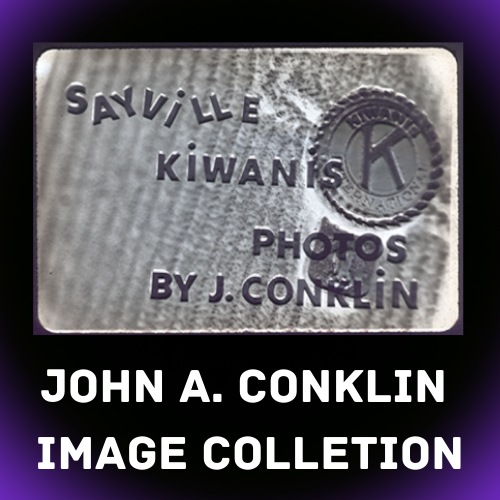Historic Newspapers
Local History Books
-
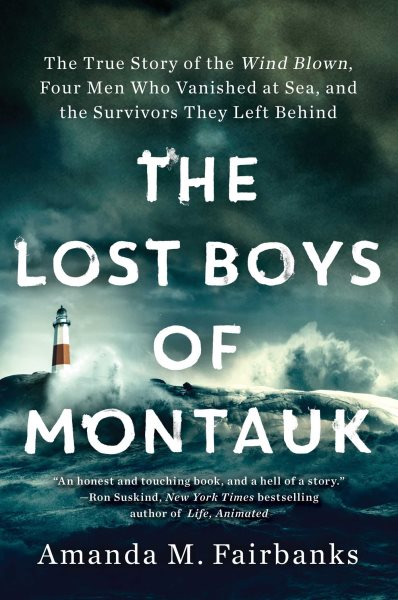
The Lost Boys of Montauk
An immersive account of a tragedy at sea whose repercussions haunt its survivors to this day, lauded by New York Times bestselling author Ron Suskind as “an honest and touching book, and a hell of a story.”
In March of 1984, the commercial fishing boat Wind Blown left Montauk Harbor on what should have been a routine offshore voyage. Its captain, a married father of three young boys, was the boat’s owner and leader of the four-man crew, which included two locals and the blue-blooded son of a well-to-do summer family. After a week at sea, the weather suddenly turned, and the foursome collided with a nor’easter. They soon found themselves in the fight of their lives. Tragically, it was a fight they lost. Neither the boat nor the bodies of the men were ever recovered.
The fate of the Wind Blown—the second-worst nautical disaster suffered by a Montauk-based fishing vessel in over a hundred years—has become interwoven with the local folklore of the East End’s year-round population. Back then, on the easternmost tip of Long Island, before Wall Street and hedge fund money stormed into town, commercial fishing was the area’s economic lifeblood.
Amanda M. Fairbanks examines the profound shift of Montauk from a working-class village—“a drinking town with a fishing problem”—to a playground for the ultra-wealthy, seeking out the reasons that an event more than three decades old remains so startlingly vivid in people’s minds. She explores the ways in which deep, lasting grief can alter people’s memories. And she shines a light on the powerful and sometimes painful dynamics between fathers and sons, as well as the secrets that can haunt families from beyond the grave.
The story itself is a universal tale of family and brotherhood; it’s about what happens when the dreams and ambitions of affluent and working-class families collide. Captivating and powerful, The Lost Boys of Montauk explores one of the most important questions we face as humans: how do memories of the dead inform the lives of those left behind? -
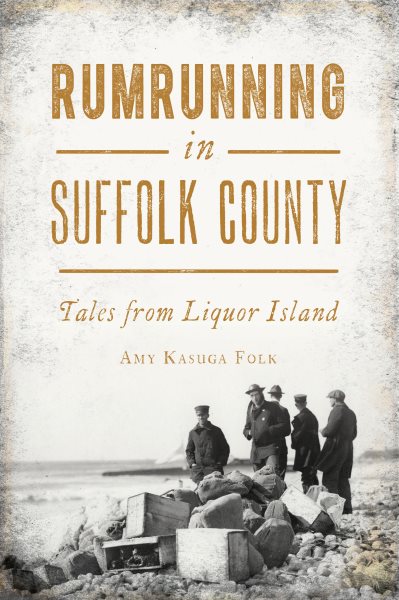
Rumrunning in Suffolk County: Tales from Liquor Island
Nicknamed "Liquor Island," Long Island was rumrunner's paradise during Prohibition.
With its proximity to major markets and coastal communities for easy transit, Suffolk County was awash in illegal hooch. Smugglers bringing cases of booze from offshore often secretly hid product temporarily in local garages and sheds, leaving a bottle as a thank-you. Coded communication crisscrossed the county on shortwave radios arranging sales and logistics. Violence from criminal outfits disrupted previously quiet towns, as locals too often were swept up in dangerous unintentional engagements with bootleggers.
Pour one out and join author Amy Kasuga Folk as she recounts stories from Suffolk County's Prohibition era
-
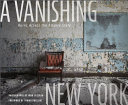
A Vanishing New York
New York is filled with forsaken buildings, each ravaged by the exploits of modernization, each having fascinating histories. This photographic essay explores over 40 of the most evocative abandoned sites in the Empire State and puts their individual stories in the larger context of New York's historical legacy. Photographer and author John Lazzaro traveled the state, capturing what's left of such places before they are inevitably swept away by time. Divided by region, these sites, ranging from the Catskills' once-vibrant vacation destinations to Long Island's melancholy psychiatric centers, reveal deeper social, cultural, and political changes that led to their decay. These abandoned hospitals, schools, churches, railways, and estates offer us a view into a past rapidly dissolving before it disappears completely. With a foreword by architectural historian and author Thomas Mellins, this is a valuable meditation on the nature of decay and progress, remembrance and forgetfulness, past and present.
-

Making Long Island
Discover the history of the development of Long Island and its intimate relationship with New York City.
Beginning in the Roaring Twenties, Wall Street money looked eastward to Nassau and Suffolk counties looking generate wealth from a land boom. After the Great Depression and World War II, Long Island was the site of the creation of the quintessential postwar American suburb, Levittown. Levittown and its spinoff suburban communities served as a primary symbol of the American dream through affordable home ownership for the predominately White middle class and established a core attribute of the national mythology. Starting in the 1960s, the dream began to dissolve, as the postwar economic engine ran out of steam and Long Island became as much urban as suburban.
Author Lawrence R. Samuel charts how the island evolved over the decades and largely detached itself from New York City to become a self-sustaining entity with its own challenges, exclusions and triumphs.
-
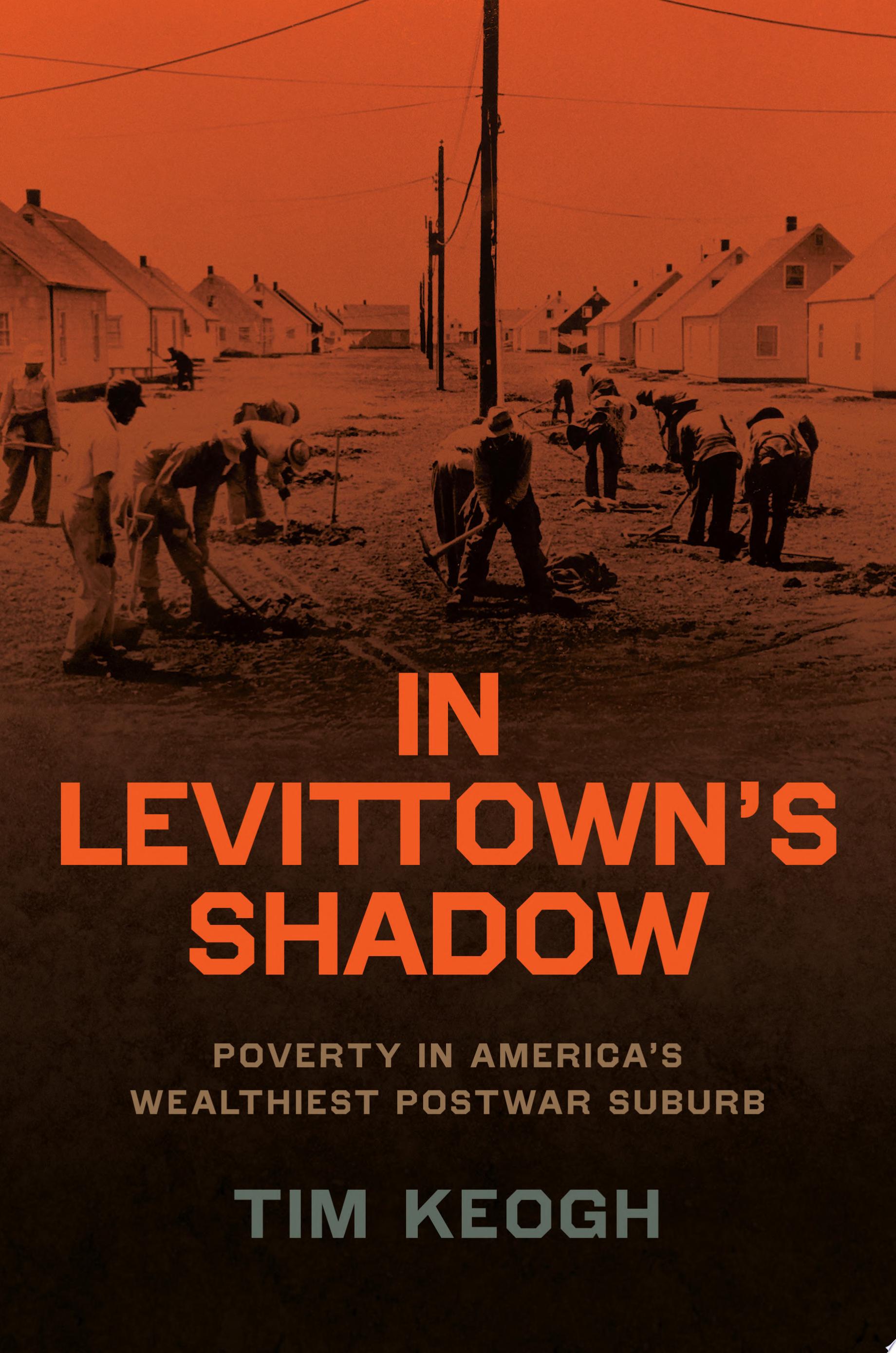
In Levittown’s Shadow
Named one of the best nonfiction books of 2023 by Publishers Weekly!
There is a familiar narrative about American suburbs: after 1945, white residents left cities for leafy, affluent subdivisions and the prosperity they seemed to embody. In Levittown’s Shadow tells us there’s more to this story, offering an eye-opening account of diverse, poor residents living and working in those same neighborhoods. Tim Keogh shows how public policies produced both suburban plenty and deprivation—and why ignoring suburban poverty doomed efforts to reduce inequality.
Keogh focuses on the suburbs of Long Island, home to Levittown, often considered the archetypal suburb. Here military contracts subsidized well-paid employment welding airplanes or filing paperwork, while weak labor laws impoverished suburbanites who mowed lawns, built houses, scrubbed kitchen floors, and stocked supermarket shelves. Federal mortgage programs helped some families buy orderly single-family homes and enter the middle class but also underwrote landlord efforts to cram poor families into suburban attics, basements, and sheds. Keogh explores how policymakers ignored suburban inequality, addressing housing segregation between cities and suburbs rather than suburbanites’ demands for decent jobs, housing, and schools.
By turning our attention to the suburban poor, Keogh reveals poverty wasn’t just an urban problem but a suburban one, too. In Levittown’s Shadow deepens our understanding of suburbia’s history—and points us toward more effective ways to combat poverty today. -
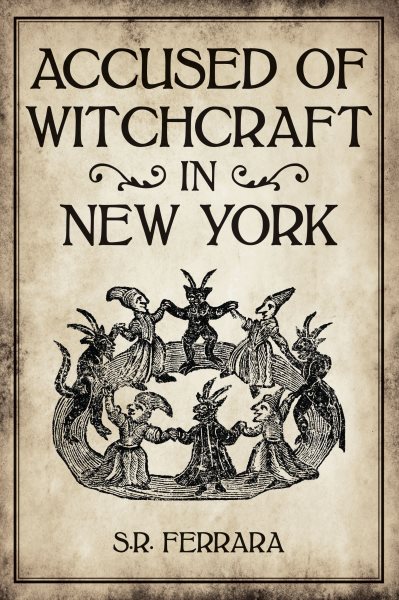
Accused of Witchcraft in New York
The history of infamous witch trials and witchcraft accusations is deeper than just those most often discussed at Salem. The Empire State has had numerous moments of pandemonium over the potential existence of witches. From Native Americans viewing European colonists as witches in the Mohawk Valley to witchcraft hysteria among early Long Island colonial settlements, the history of New York state's witchcraft accusations encompases all regions and communities in the state. Join author Scott R. Ferrara as he presents harrowing narratives of those who were accused of witchcraft, the feverish community dramas that resulted and the lives of those who faced their community as an outsider.
-
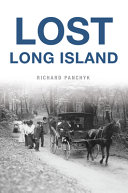
Lost Long Island
From sprawling potato farms and incredibly lavish estates, to whaling ships and early race cars, Long Island has an incredibly rich history often lost through the generations. In the world of racing, Long Island was once the horse racing capital of the state and hosted the nation's first professional auto races. Though farming still thrives in Suffolk County, there are only a few working farms left in Nassau County, where hundreds of farms dotted the landscape generations ago. Cold Spring Harbor, Greenport, Sag Harbor and Southampton were centers of the whaling industry in America and maintain a whaling heritage today. Author Richard Panchyk reveals fascinating narratives of Long Island's lost history.
-
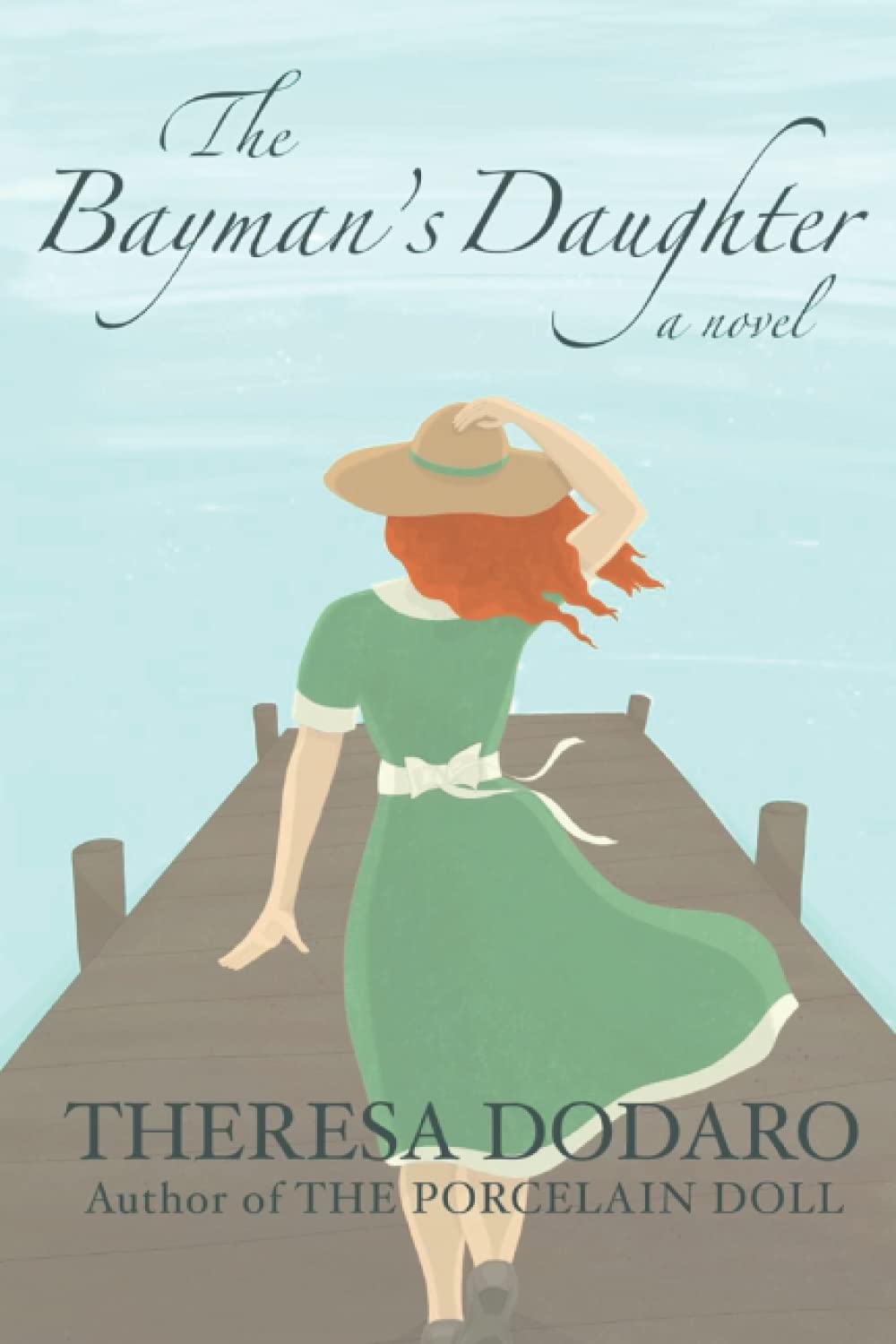
The Bayman's Daughter
The Bayman's Daughter is a time-slip novel that takes place in the quaint seaside hamlet of Sayville, Long Island. Once the playground of families like the Roosevelts and Vanderbilts, Sayville was also the home of the famous Blue Point Oyster. Although the main characters, Hannah Trumball and Philip Ferrara, are fictional, they interact with people who lived and worked in the Sayville area. The Bayman's Daughter is a story that intertwines the history of Long Island with a love story that crosses time, itself.
-
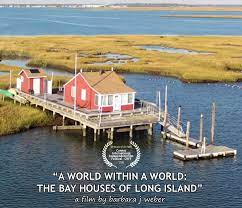
A World Within a World: The Bay Houses of Long Island (DVD)
The film documentary "A World Within a World: Bay Houses of Long Island" documents the history and traditions of Long Islands South Shore bay houses in the Town of Hempstead. The film profiles Long Island families who have owned bay houses for over 100 years including the Muller, McNeece, Burchianti, Warasila, and Jankoski families. Based on fieldwork by folklorist and maritime ethnographer Nancy Solomon of Long Island Traditions, local filmmakers Barbara Weber and Greg Blank capture the essence of how bay house owners have persevered and endured through severe storms and hurricanes, as well as eroding marshlands, while preserving traditions that began in the early 19th century. Funding for the film was provided by the Robert L. Gardiner Foundation.
-
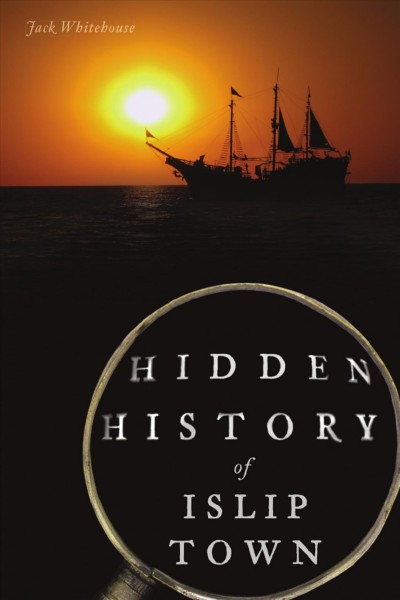
Hidden History of Islip Town
The patchwork of beach towns, villages and hamlets that make up Islip Town represents some of the most historic communities on the whole of Long Island. Local Secatogue Native Americans harrowingly saved the Dutch survivors of one of New York's first shipwrecks in 1657. New York City's infamous Tammany Hall leased an entire summer resort island in Islip Town for decades. In 1912, a young woman from Sayville sacrificed her own life for another on the RMS Titanic. Islip Town's founding father, William Nicoll, owned the largest parcel on Long Island's South Shore but was blocked from owning even a grain of sand on Fire Island. A penniless Dutch immigrant to Islip Town became the world's "Oyster King." Join author and historian Jack Whitehouse as he reveals buried stories from Islip Town's past.
About Local History at Sayville Library
The Sayville Library Long Island Collection is home to over 2300 items which are cataloged and searchable through the online catalog. Additional items of historic value are housed in our archives and available to see upon request and the Library regularly creates displays using items from the collection. We also have several digital collections, including local newspapers, postcards, and oral histories, which are available online for immediate access.
The mission of our special collection is to preserve items of significance to our unique location on Long Island. We look for records, photographs or memorabilia that help us reconstruct the past and foster an accurate description of what life was like for our predecessors. Please see our brochure for more information on donating to our special collection.




